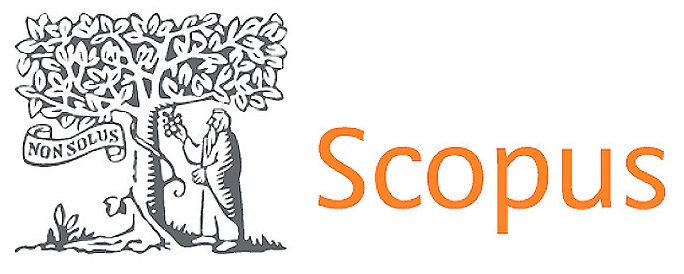AI in Scientific Research: Automation, Original Discovery, and Ethical Collaboration
DOI:
https://doi.org/10.56294/dm20251205Keywords:
Artificial Intelligence, Bibliometric, Scientific Publication, Scientific Writing, TrendsAbstract
Generative artificial intelligence (AI) is dramatically changing scientific research processes because of its ability to contribute to the various phases of the scientific method, allowing researchers to accelerate the scientific production process. However, the obstacles and restrictions posed by the use of AI are significant due to biases related to the ethical use of models and frameworks that foster a sense of responsibility and ethical principles in the application of AI. The aim of this study is to identify the main research trends related to the use and application of AI in scientific production; accordingly, this article presents a systematic literature review using the Preferred Reporting Items for Systematic Reviews and Me-ta-Analyses model (PRISMA). A total of 4,334 records were obtained from the Scopus and Web of Science databases and thoroughly reviewed, selecting 233 for qualitative and quantitative analyses. Four major trends in the use of AI in scientific research were identified, associated with the conceptual cycle of the scientific method: 1) scientific discovery, 2) data management, 3) academic writing, and 4) scientific communication. The ethical considerations highlighted in the literature advocate for the establishment of clear policies and frameworks within academic institutions that enable researchers to use the tools effectively throughout educational processes. Rather than focusing on debates about the use of AI, this approach promotes an ethical and efficient integration of AI into scientific.
Downloads
Published
Issue
Section
License
Copyright (c) 2025 William Alejandro Orjuela-Garzón, Juan Manuel Andrade-Navia, Jonh Jairo Mendez-Arteaga, Elvia María Jiménez-Zapata (Author)

This work is licensed under a Creative Commons Attribution 4.0 International License.
The article is distributed under the Creative Commons Attribution 4.0 License. Unless otherwise stated, associated published material is distributed under the same licence.




